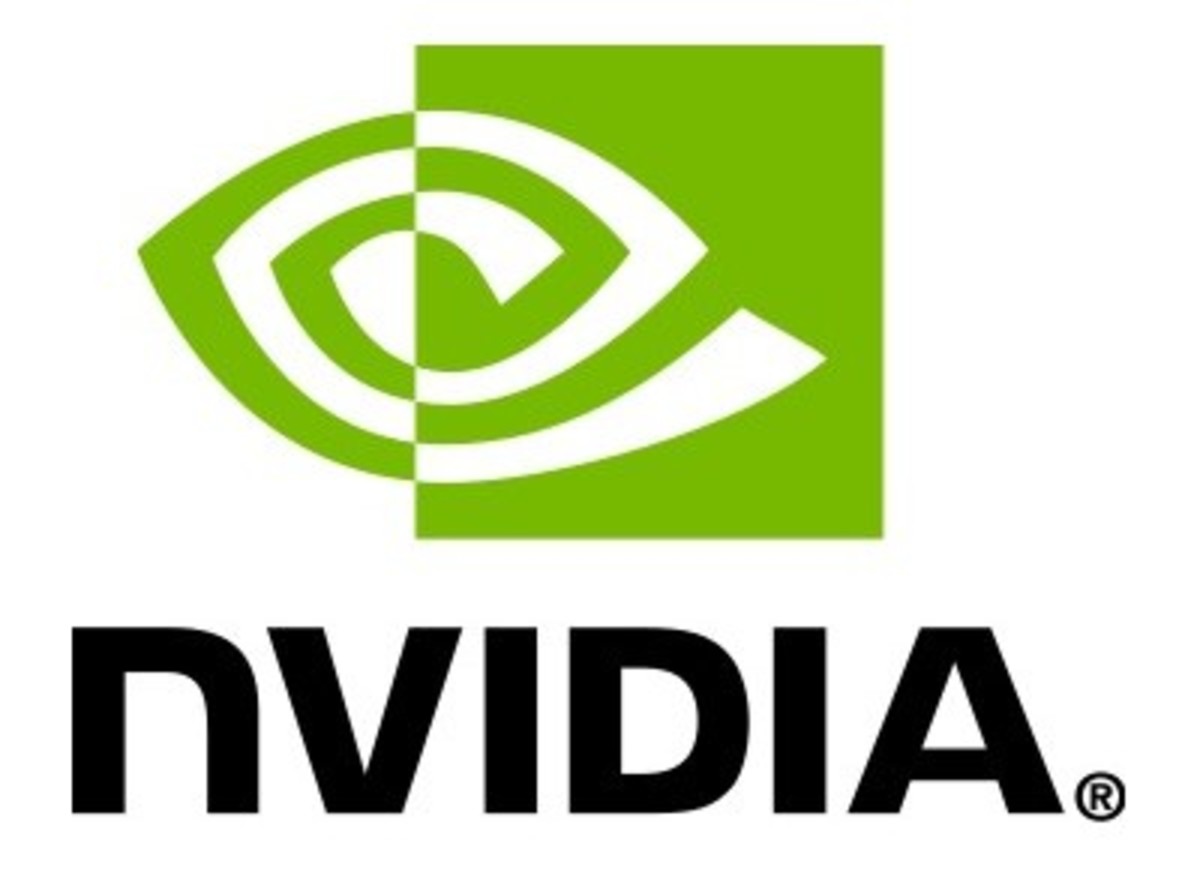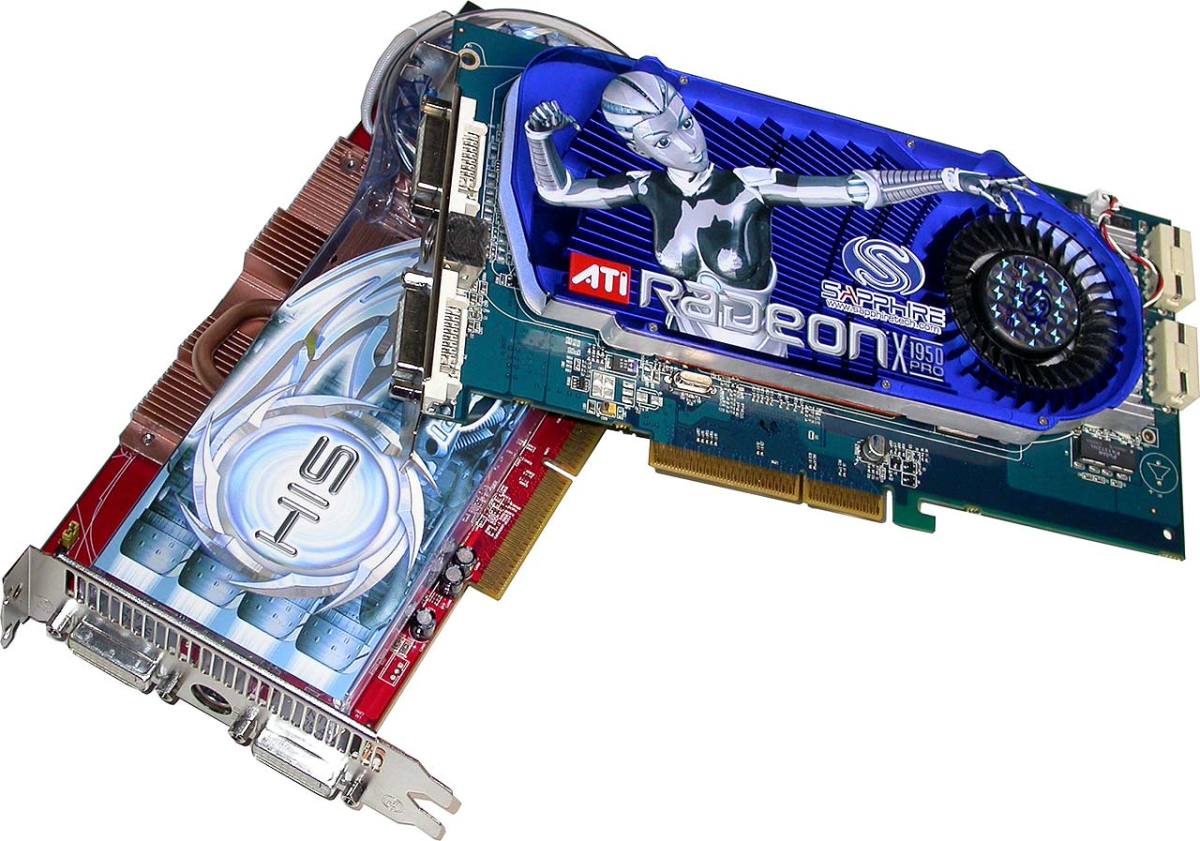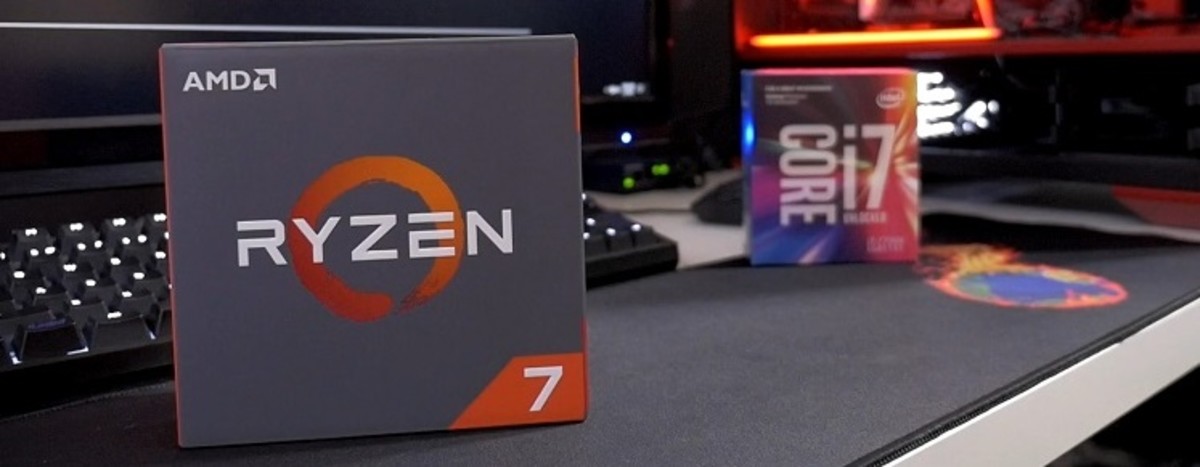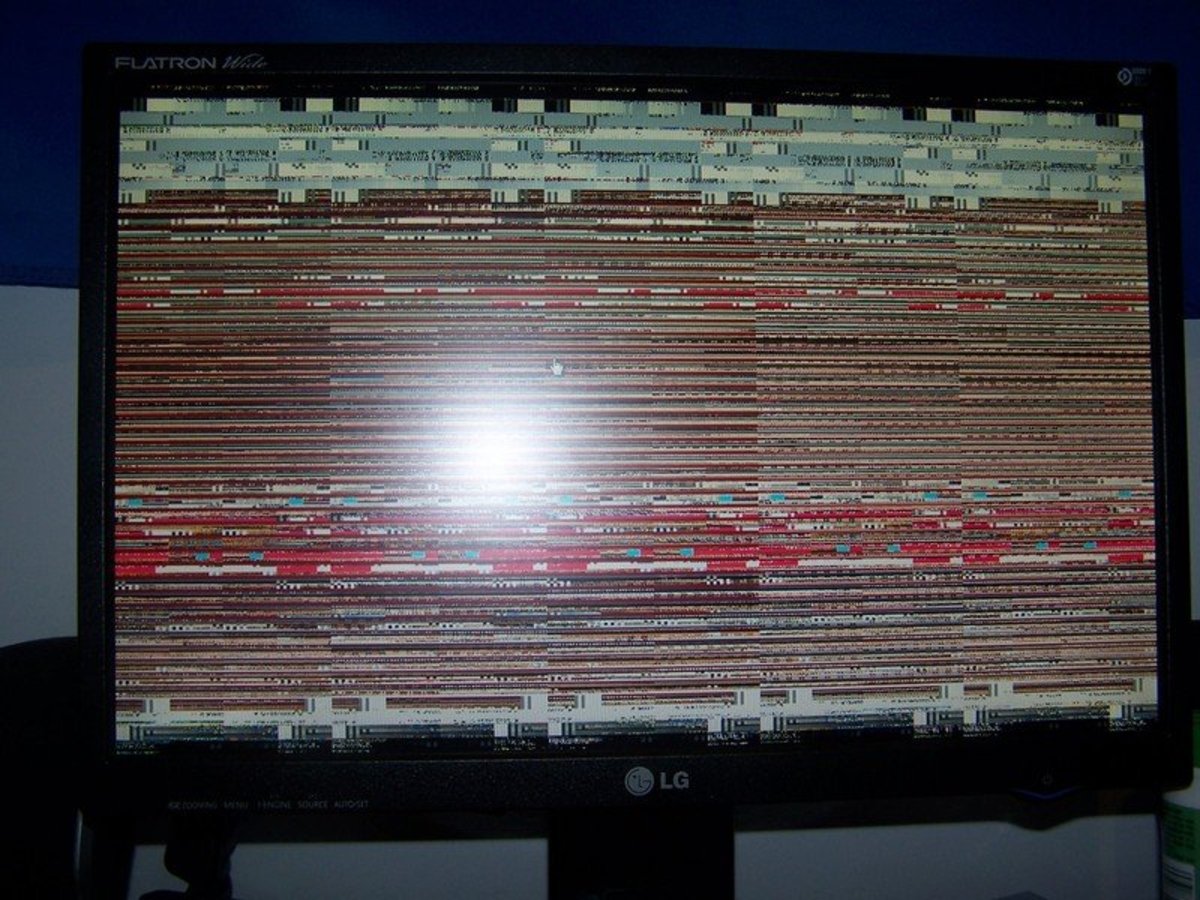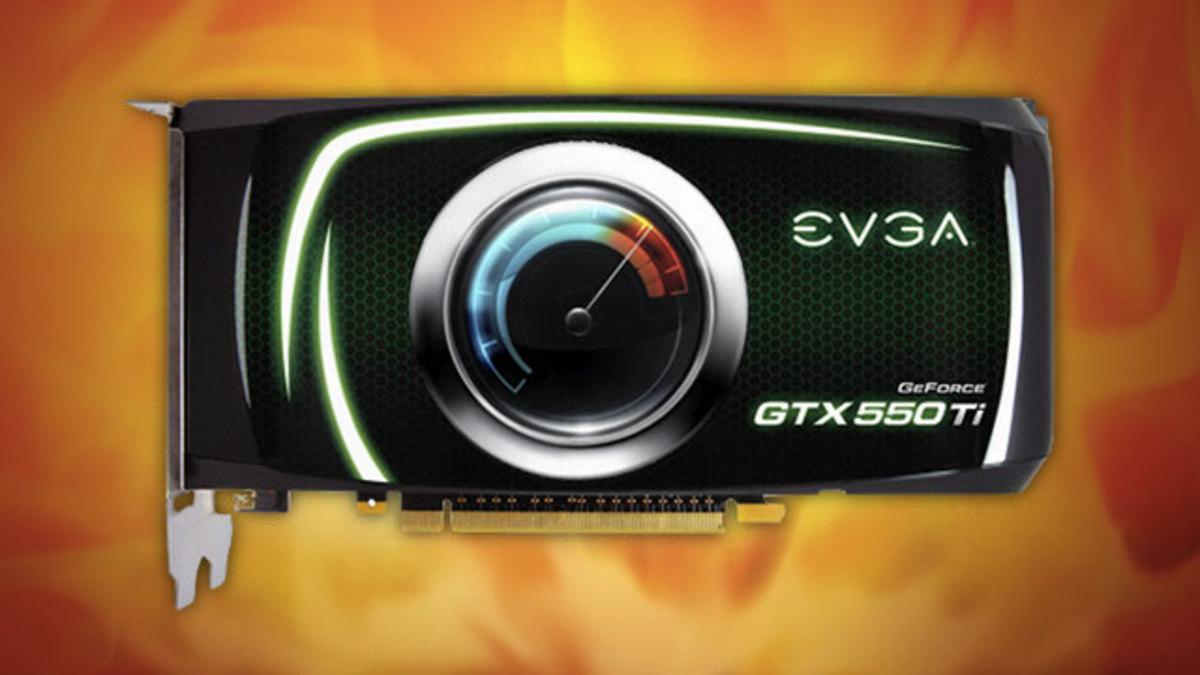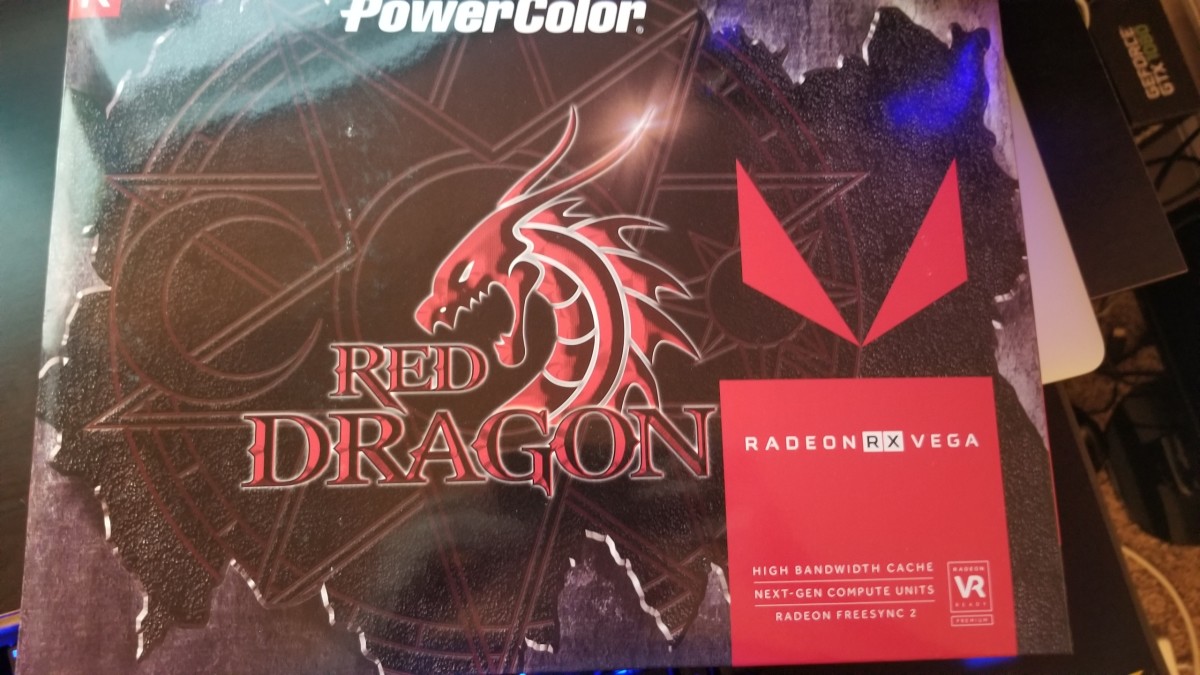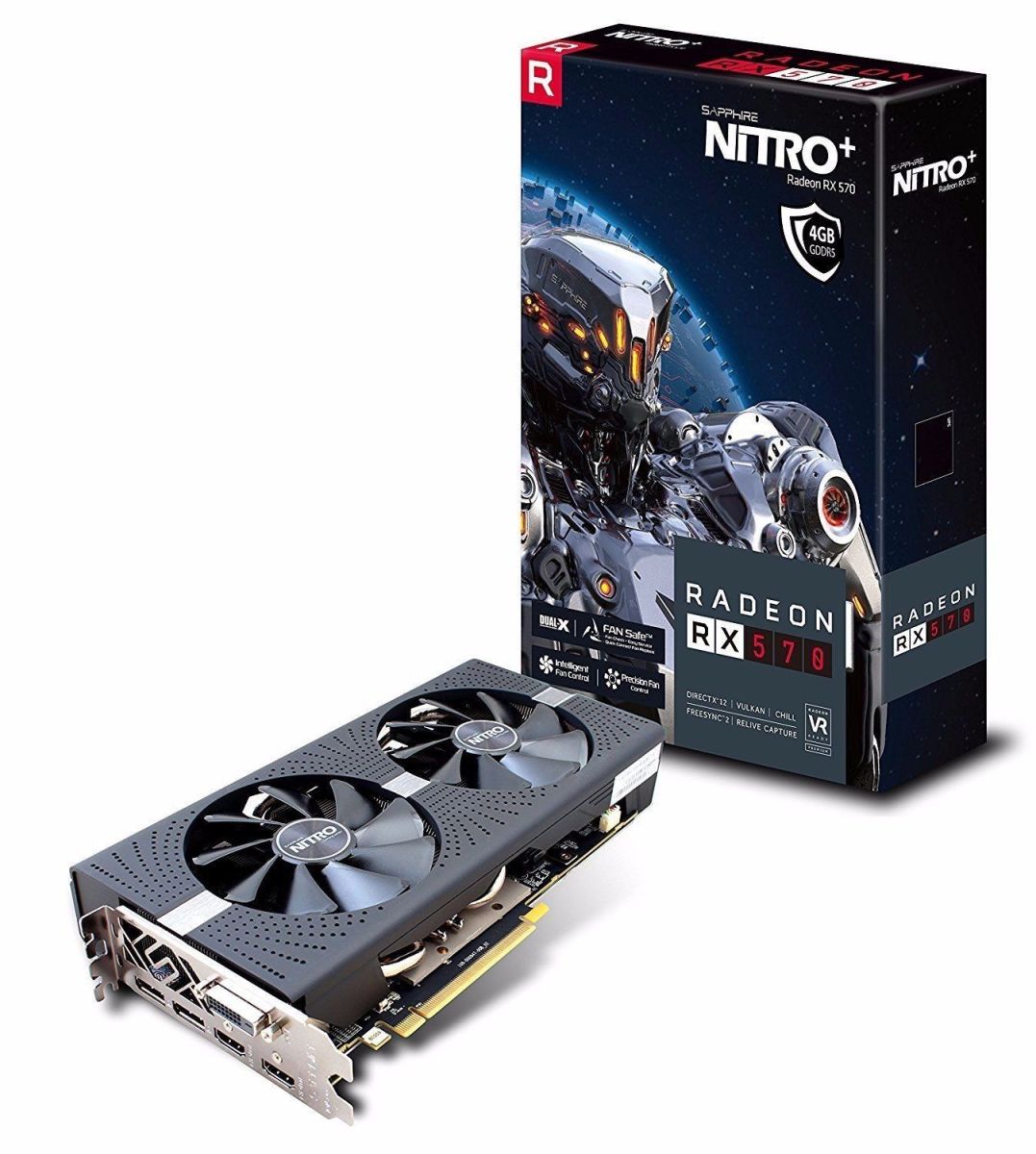- HubPages»
- Technology»
- Computers & Software»
- Computer Hardware
Best Gaming Video Cards for Battlefield 4

The Battlefield series sets the bar in FPS graphics.
In 2011, Battlefield 3 was released. It was the first game in 2011 to push next generation graphics forward. On top of numerous other awards, it won Gamespot's, Digital Trend's, and Gamespy's "Best Graphics" award at E3 2011.
If it wasn't time to upgrade your video card then, it sure is now.
Battlefield 4 is knocking on our door October 29, 2013, and it's going to require even more hardware to put on quite a show. You aren't going to want to just get by with this game. You will want Battlefield 4 to blow you away.
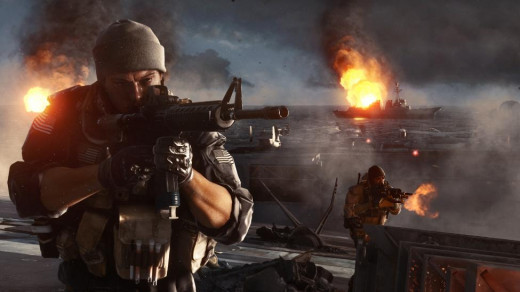
Will you be upgrading your video card for this game?
Battlefield 4 System Requirements
According to BFCentral.com the minimum system requirements for battlefield 4 will be:
- Dual core CPU (Intel Core i5 or AMD “Bulldozer”).
- At least 2 GB main system memory
- Graphics card with at least 256 MB of VRAM and support for DirectX 10
- 20+ GB of harddrive space
- Windows Vista
The recommended requirements will be:
- Quad core CPU (Intel Core i5 or i7) at 3 Ghz
- 4 GB memory (8 GB for 64-bit operating systems)
- A modern DX11 graphics card with 1 GB of video memory, GeForce 600 series or Radeon 7000 series
- Windows 7 64-bit operating system
- 20+ GB of free harddrive space
We want to be sitting pretty in the recommended zone.
You can see what video card you have on Windows by clicking Start -> Right click Computer -> Go to Properties -> Left click Device Manager -> and click the arrow by Display Adapters.
Frostbite 3 engine in action. Building gaming forward.
If watching that video doesn't sell you on how graphics can immerse you in the experience, I sure won't be able to. It will look nice on the new xbox one and the playstation 4. But if you want the best experience PC gaming always takes the crown.
On to the hardware.
Note: A price cut went into effect October 28, 2013 for the high end video cards which I have added at the bottom of the article.
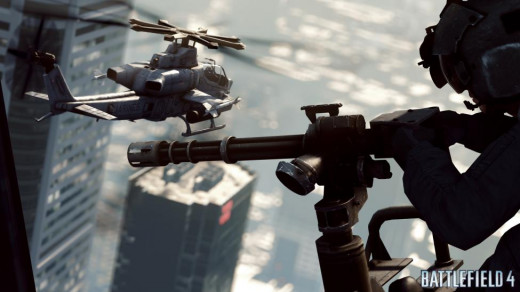
Mid range video cards ($100 - $225):
The cheapest entry, the Radeon HD 7850, looks to be a great value. You won't be as future proofed, but it does have the highest price:score ratio on the list.
The top three performing video cards for budget minded consumers that contain all the latest features to play battlefield 4 are:
Product
| Passmark score
| Price
|
|---|---|---|
Radeon HD 7870
| 4,230
| $224.99
|
GeForce GTX 660
| 4,107
| $184.85
|
Radeon HD 7850
| 3,698
| $169.99
|
Mid-Upper range video cards ($226-$300):
My pick: The  GeForce GTX 760 looks to be the best value on the entire list.
GeForce GTX 760 looks to be the best value on the entire list.
It is a solid upgrade from hardware a couple years ago. The 760 sports over double the performance of a GTX 460 and a 67% boost over the GTX 560 Ti. The Geforce 760 has 2 gigs of 6Ghz GDDR5 ram which will really come in handy for these next generation games.
The Geforce 700 series brings several improvements to the entire line:
- NVIDIA Kepler GPU Architecture
- NVIDIA GPU Boost 2.0
- Two New Anti-aliasing Modes: FXAA and TXAA
I look forward to using FXAA (Fast Approximate Anti Aliasing). Anti Aliasing smooths out those jagged edges and is usually quite a tax on the system. This new technology reduces that tax burden by quite a bit.
Product
| Passmark score
| Price
|
|---|---|---|
GeForce GTX 760
| 4,965
| $249.99
|
GeForce GTX 660 Ti
| 4,695
| $264.99
|
Radeon HD 7950
| 4,624
| $269.99
|
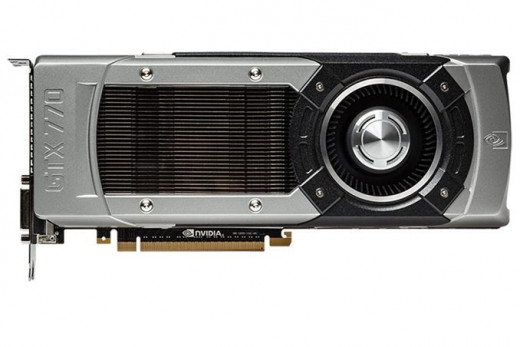
Upper range video cards ($301-$425):
Spending this much on a video card becomes a bit of a tough pill to swallow. Every year that goes by your video card will lose about 25% of its value. Nonetheless there are some solid powerhouse cards that will charge your gaming experience for years to come. Also these cards become ebay-able when you want to upgrade again because of their long-lasting demand.
The GeForce GTX 770 shreds with 2 gigs of 7GHz GDDR5, the first product to hit 7Ghz, giving it a 17% boost over the 6Ghz iterations.
Product
| Passmark score
| Price
|
|---|---|---|
GeForce GTX 770
| 6,219
| $399.99
|
GeForce GTX 680
| 5,690
| $419.99
|
GeForce GTX 670
| 5,367
| $349.99
|
Radeon HD 7970
| 5,088
| $379.99
|
Extreme performance range ($426+):
You have to be a complete computer enthusiast to entertain these prices. If you want a 60% increase in frames for 300% of the price, just to see your card depreciate 50% in one year be my guest. Certainly these cards are too rich for my blood but they do exist if you are interested in checking out the tech.
The Titan can support an absurd 4096x2160 max resolution with up to four displays. The Titan contains 2688 CUDA cores and has a texture fill rate of 187.5 billion/second.
Product
| Passmark score
| Price
|
|---|---|---|
GeForce GTX Titan
| 8,227
| $1,019.99
|
GeForce GTX 780
| 7,830
| $649.99
|
GeForce GTX 690
| 5,061
| $999.99
|
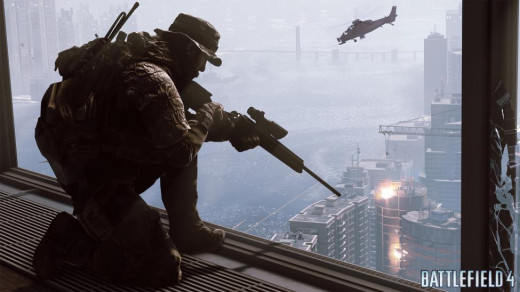
Conclusion.
In summary, I would recommend the GeForce GTX 760 at $249. If you wanted greater performance you could take the jump to the GeForce GTX 770 at $399. But you are paying a 60% increase in price for a 25% increase in performance.
PassMark software generates the Passmark scores you see in these tables. Higher scores relates to faster frames per second and a smoother gaming experience. These scores were obtained by www.cpubenchmark.net.
Nvidia Update as of October 28!
High-end NVIDIA GeForce GTX Video Cards have just had a price cut making them extremely competitive. Here is the new pricing guide:
- GeForce GTX 780 Ti: $699
- GeForce GTX 780: $499
- GeForce GTX 770: $329
- GeForce GTX 760: $249
- GeForce GTX 660: $179
- GeForce GTX 650 Ti BOOST 2GB: $149
- GeForce GTX 650 Ti BOOST 1GB: $129
This makes the GeForce GTX 770 a really great value and my recommended buy.
If you enjoyed reading this:
Check out my other hardware price guides:
Thanks for reading and as always, leave your comments below.

